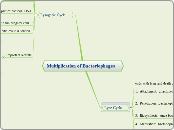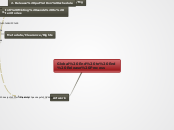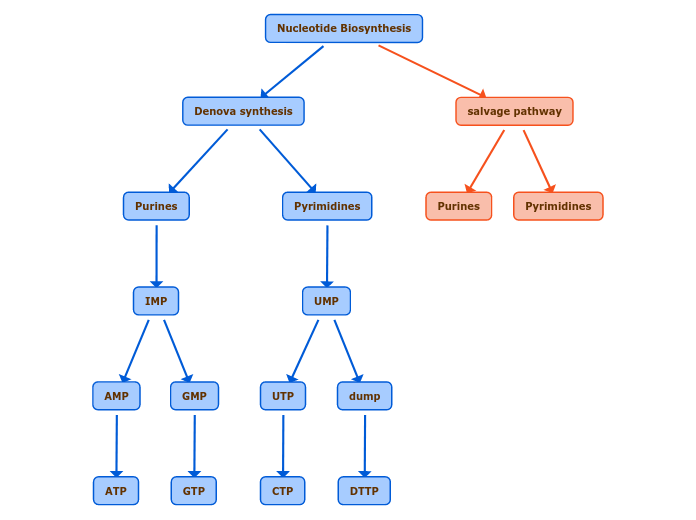av Jenny Doriot 16 år siden
1557
Multiplication of Bacteriophages
Bacteriophages, viruses that infect bacteria, follow two primary cycles during their multiplication: the lytic and lysogenic cycles. In the lytic cycle, the process begins with the attachment of the bacteriophage to the bacterial cell, followed by the penetration where the phage DNA is injected into the host.









